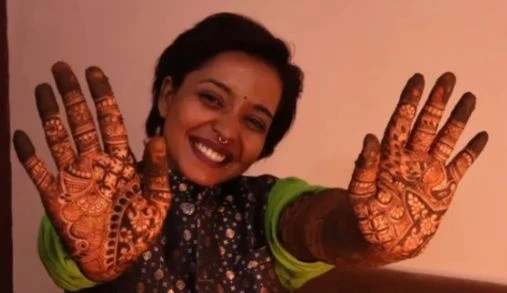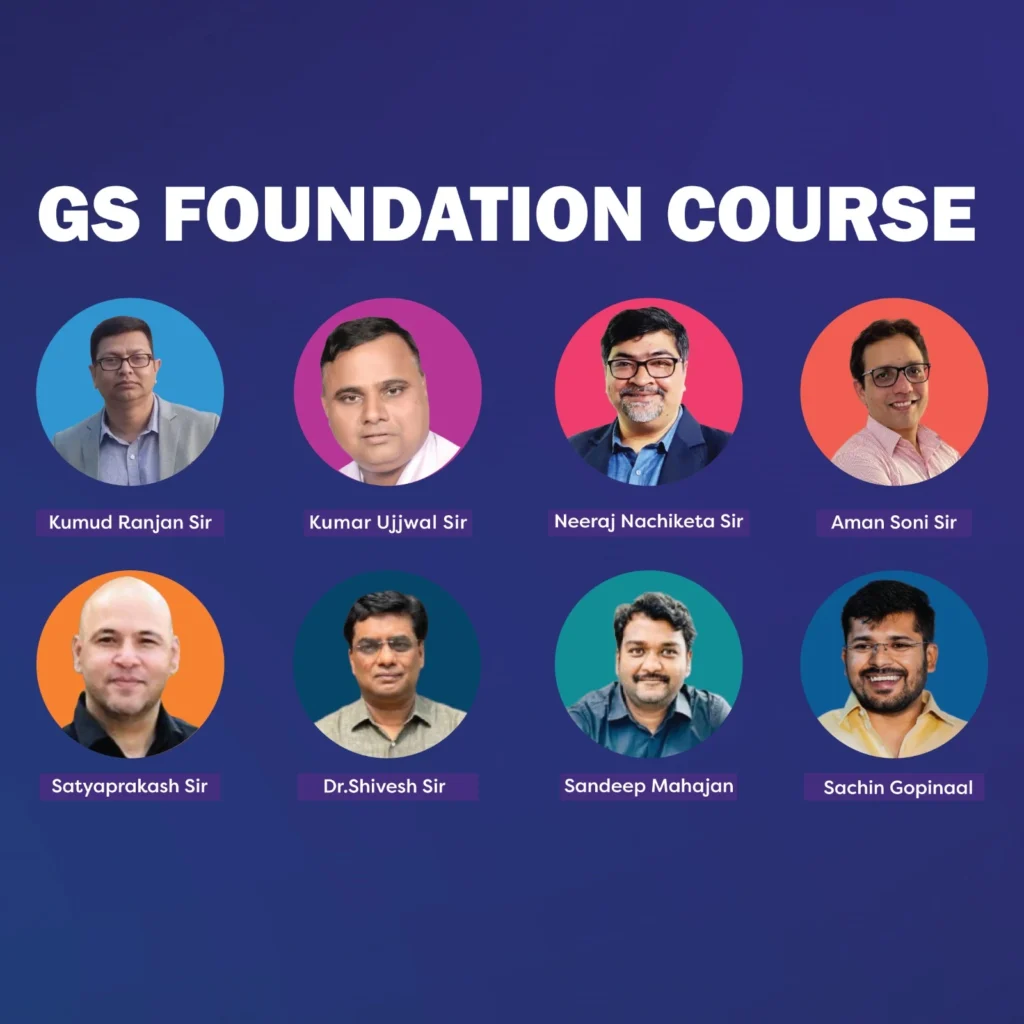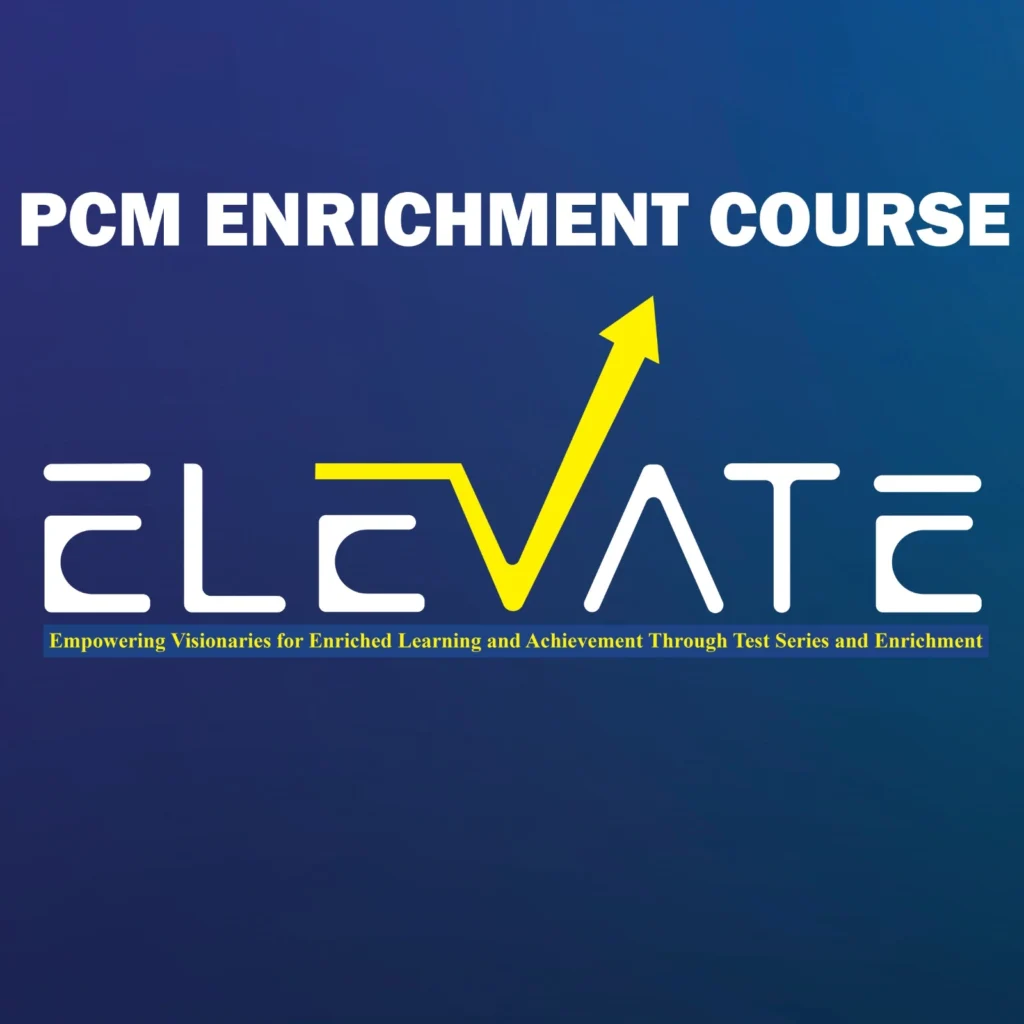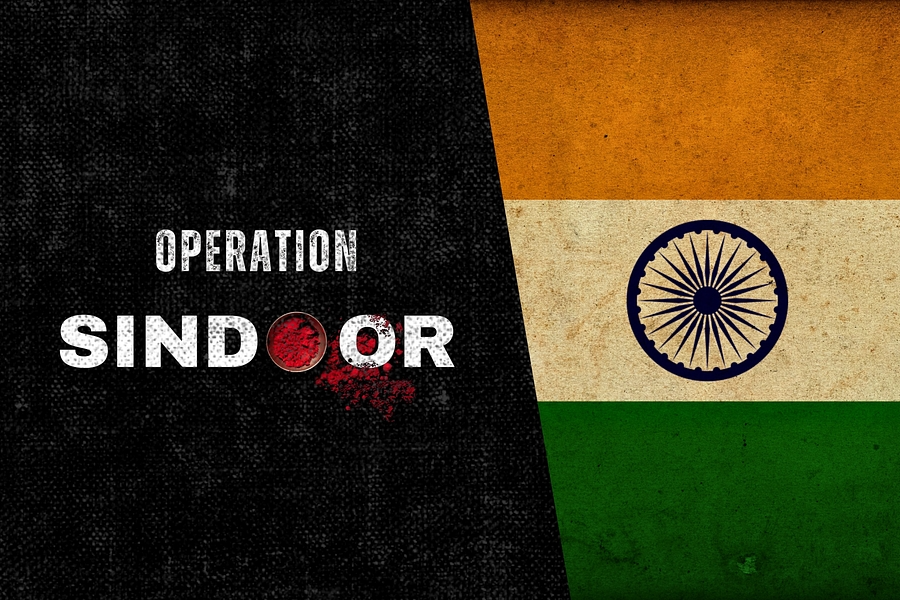Sologamy and Contemporary Trends in Marriage: A Sociological Perspective
Sociology Paper 1: Systems of Kinship – Contemporary trends

Marriage has traditionally been a cornerstone of human society, forming the basis of family, social organization, and cultural continuity. However, the institution of marriage has witnessed significant transformation in contemporary society, reflecting broader social, economic, and cultural shifts. One of the most intriguing trends emerging in recent years is sologamy, or self-marriage, which challenges conventional understandings of marital relationships. This article examines sologamy in the Indian and global context while exploring the definitions, sociological perspectives, types of marriage, contemporary trends in India, legal implications, and broader societal implications.
Defining Marriage
Marriage is a socially recognized union between individuals that establishes rights, obligations, and responsibilities. While it is commonly understood as a union between two people, the exact definition of marriage can vary across cultures, religions, and legal frameworks.
Sociologists have provided several perspectives on marriage. Edward Westermarck (1891) defined it as a “permanent union between man and woman to the exclusion of others, regulated by custom and law.” George Peter Murdock (1949), on the other hand, viewed marriage as a socially approved sexual relationship that forms the basis for family formation. From an anthropological perspective, marriage is seen as a social institution that regulates inheritance, descent, and kinship ties.
From a broader sociological standpoint, marriage is more than a private relationship. It is an institution that connects individuals into networks of social, economic, and cultural obligations, thereby ensuring the continuity and stability of society.
Sociological Perspectives on Marriage
Functionalist Perspective: Functionalists, including Talcott Parsons and Emile Durkheim, view marriage as an important institution that contributes to the stability and smooth functioning of society. According to this perspective, marriage performs several key functions.
First, it ensures the socialization of children by providing a structured environment where cultural norms, values, and behaviors are transmitted from one generation to the next. Second, it serves as a means of regulating sexuality, establishing socially approved sexual relationships.
Marriage also promotes economic cooperation, facilitating stability and the division of labor within households. Additionally, it provides emotional support, offering companionship, intimacy, and security to partners.
Functionalists argue that traditional marriage, with clearly defined roles for partners, continues to play a crucial role in maintaining social order, even as societies undergo modernization.
Conflict Perspective: Conflict theorists, drawing inspiration from Karl Marx, view marriage as a site of inequality and power struggle rather than just social stability. According to this perspective, marriage can reinforce patriarchal structures, where men often hold authority over women and control household economic resources.
Within households, economic exploitation may occur, especially in societies with rigid gender roles, placing an unequal burden on women for unpaid labor. Additionally, marriage norms can perpetuate broader social inequalities, including those based on caste, class, and ethnicity, by maintaining hierarchical social structures.
This perspective highlights how marriage, while socially sanctioned, can reflect and reproduce systemic power imbalances in society.
Symbolic Interactionist Perspective: Symbolic interactionists focus on the meaning-making processes that occur within marriage. From this perspective, marriage is not just a formal institution; it is constructed through daily interactions, communication, and shared experiences between partners.
Individuals actively define their roles and negotiate expectations within the marital relationship, shaping the dynamics of their partnership. This approach also helps explain contemporary variations in marriage, such as cohabitation, same-sex marriages, and sologamy, as expressions of personal interpretations of commitment, intimacy, and relational fulfillment.
By emphasizing subjective experiences, the symbolic interactionist perspective highlights how marriage evolves in response to individual choices and social contexts.
Types of Marriage
Sociologists classify marriages based on social, cultural, and legal norms. One common type is monogamy, a union between two individuals. This is the most widely practiced form globally and is legally recognized in India under the Hindu Marriage Act, Special Marriage Act, and other personal laws.
Polygamy involves a union with multiple spouses. It includes polygyny, where one man has multiple wives, and polyandry, where one woman has multiple husbands, which is rare but practiced in some Himalayan regions.
Endogamy refers to marriage within a specific social group, caste, or community, aimed at preserving cultural or social identity. In contrast, exogamy is marriage outside a social group, often encouraged to expand social networks or prevent inbreeding.
Arranged marriages are facilitated by families and are common in Indian society, with compatibility assessed based on social, economic, and cultural factors. Love marriages, increasingly common in urban India, are based on mutual affection and personal choice.
Other forms include same-sex marriages, which challenge traditional heteronormative definitions and are legally recognized in some countries, and sologamy or self-marriage, a modern, symbolic practice where individuals marry themselves to affirm self-love and independence.
Sologamy: Self-Marriage in Contemporary Society
Sologamy, or self-marriage, has gained attention globally, with numerous reports from Europe, North America, and Asia. While critics often dismiss it as merely symbolic, sociologists argue that it reflects deeper social and psychological trends.
One key aspect is the affirmation of self-worth, where individuals celebrate their independence, self-love, and personal achievements. Sologamy also represents resistance to social pressure, challenging the conventional expectation that fulfillment and identity are primarily derived from marriage to another person.
Many sologamy ceremonies involve ritualized commitment, including rings, vows, and celebrations similar to traditional weddings, highlighting the human desire for recognition and meaningful ritual. Additionally, digital visibility on social media amplifies this trend, allowing individuals to share and normalize alternative expressions of commitment.
In India, sologamy remains relatively rare. However, rising urbanization, growing individualism, and changing gender norms make it increasingly conceivable, particularly among younger, career-focused individuals seeking to affirm their independence and personal identity.
Contemporary Trends in Marriages in India
Marriage in India is undergoing profound transformation due to modernization, urbanization, and exposure to global cultural trends. One noticeable trend is the delay in marriage, as many individuals prioritize education, career, and financial independence before tying the knot.
There is also a rise of love marriages. While arranged marriages remain common, love marriages are increasingly accepted, particularly in urban areas. Inter-caste and inter-religious marriages are gradually increasing as well, reflecting a liberalization of social attitudes despite being socially sensitive in some regions.
Same-sex partnerships have emerged as another important trend, following the decriminalization of homosexuality in 2018. These partnerships challenge traditional marital norms and highlight the evolving understanding of personal relationships in India.
Legal restrictions and changing societal values have contributed to the decline of polygamy, reducing its prevalence across communities. At the same time, technological mediation through online dating apps, matrimonial websites, and social media has become a significant factor in facilitating marriages and shaping partner selection.
Finally, sologamy and individualism are emerging among urban, educated youth, emphasizing self-fulfillment, mental health, and personal autonomy as key priorities alongside or even instead of traditional marital arrangements.
Legal Framework of Marriage in India
Marriage in India is governed through a combination of personal laws and civil statutes. The Hindu Marriage Act (1955) regulates marriages among Hindus, Buddhists, Jains, and Sikhs, mandating monogamy, minimum age requirements, and formal registration. The Special Marriage Act (1954) facilitates interfaith and civil marriages, offering legal recognition and protections to couples who marry outside their religious traditions.
For Muslims, Muslim Personal Law permits polygyny under specific conditions and is governed by the Muslim Personal Law (Shariat) Application Act, 1937. The Christian Marriage Act (1872) regulates marriages among Christians, including provisions for registration and consent requirements.
Legal Challenges and Contemporary Issues
Despite these frameworks, contemporary marriage practices pose several legal challenges. Same-sex marriages are not yet fully recognized in India, even after the decriminalization of homosexuality in 2018. Sologamy, or self-marriage, currently holds no legal status and is largely symbolic, lacking any formal rights or responsibilities.
Additionally, modern marriages continue to confront dowry practices and domestic violence, legacy issues that highlight the ongoing need for robust legal frameworks to protect individuals and ensure equitable marital relationships.
Sociological Implications of Sologamy
Although unconventional, sologamy provides valuable insights into broader social changes. One key aspect is the shift from collectivism to individualism, reflecting a movement away from family-centric and societal expectations toward personal autonomy and self-fulfillment.
Sologamy also redefines commitment, challenging traditional beliefs that emotional and social security must come from a partner. By emphasizing self-reliance, it promotes mental health and self-empowerment, fostering self-acceptance and confidence, particularly among women in patriarchal societies.
Furthermore, sologamy serves as a cultural commentary, highlighting the tension between modern urban values and traditional societal norms in India. It illustrates how evolving social attitudes shape personal choices and the meaning of relationships in contemporary society.
Conclusion
Marriage as a social institution has evolved significantly over time, reflecting changing economic, cultural, and individual priorities. From arranged marriages to love marriages, from polygamy to same-sex unions, and now to sologamy, the forms and meanings of marital relationships continue to diversify. Sologamy, in particular, signals a growing emphasis on self-worth, autonomy, and personal fulfillment, challenging traditional sociological assumptions about dependency and partnership.
Sociologically, these trends underscore the tension between tradition and modernity, individualism and collectivism, and legal frameworks and cultural practices. While the legal system in India has adapted to some changes, such as interfaith marriages and decriminalization of homosexuality, new practices like sologamy remain largely symbolic. Nevertheless, they offer critical insights into evolving social attitudes, gender dynamics, and the redefinition of human relationships in contemporary India.
As Indian society continues to modernize, understanding these shifts from a sociological perspective is essential to crafting inclusive policies, legal frameworks, and social norms that reflect the diverse aspirations of its citizens. Marriage, whether conventional or symbolic, remains a key site where social values, individual choices, and cultural narratives intersect.


Non-Positivist Methodologies in Social Research
Home / Non-Positivist Methodologies in Social Research Shift from Positivism to Non-Positivism As sociologists recognized that social realities cannot be
UPSC Current Affairs – December 3
December 03rd Current Affairs Home / Table of Contents Govt ready to talk about electoral reforms in Parliament, but not
Fact, Value and Objectivity
Home / Fact, Value and Objectivity What is a Fact? A fact is an empirically verifiable observation—something that can be
UPSC Current Affairs – December 2
December 02nd Current Affairs Home / Table of Contents Bioterrorism a serious threat, world not ready: S. Jaishankar Relevance to
Positivism and its Critique
Home / Positivism and its Critique What is Positivism? Positivism is the idea that human behaviour can be studied using
UPSC Current Affairs – December 1st
December 01st Current Affairs Home / Table of Contents Sri Lanka declares state of emergency after floods and mudslides Relevance
Major Theoretical Strands of Research Methodology
Home / Major Theoretical Strands of Research Methodology Research methodology is a broad term that encompasses the entire research process
UPSC Current Affairs – November 25
November 25th Current Affairs Home / Table of Contents Woman from Arunachal Pradesh stopped at China airport; India issues strong
UPSC Current Affairs – November 24
November 24th Current Affairs Home / Table of Contents Justice Surya Kant sworn in as 53rd Chief Justice of India
UPSC Current Affairs – November 21
November 21st Current Affairs Home / Table of Contents What is Cloudflare, and why did half the internet go down




